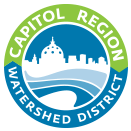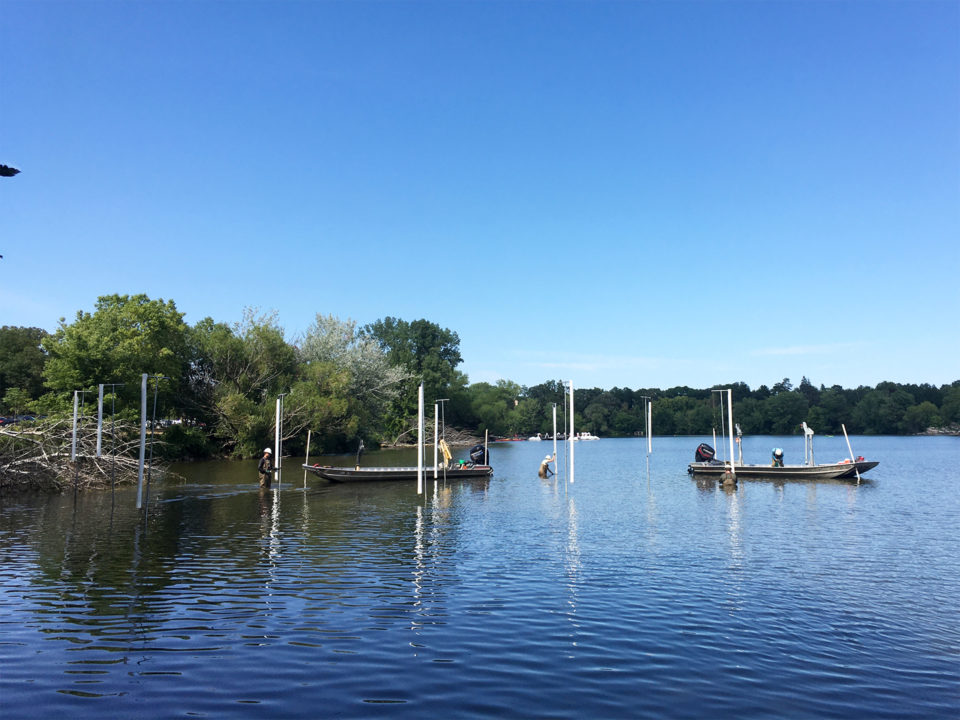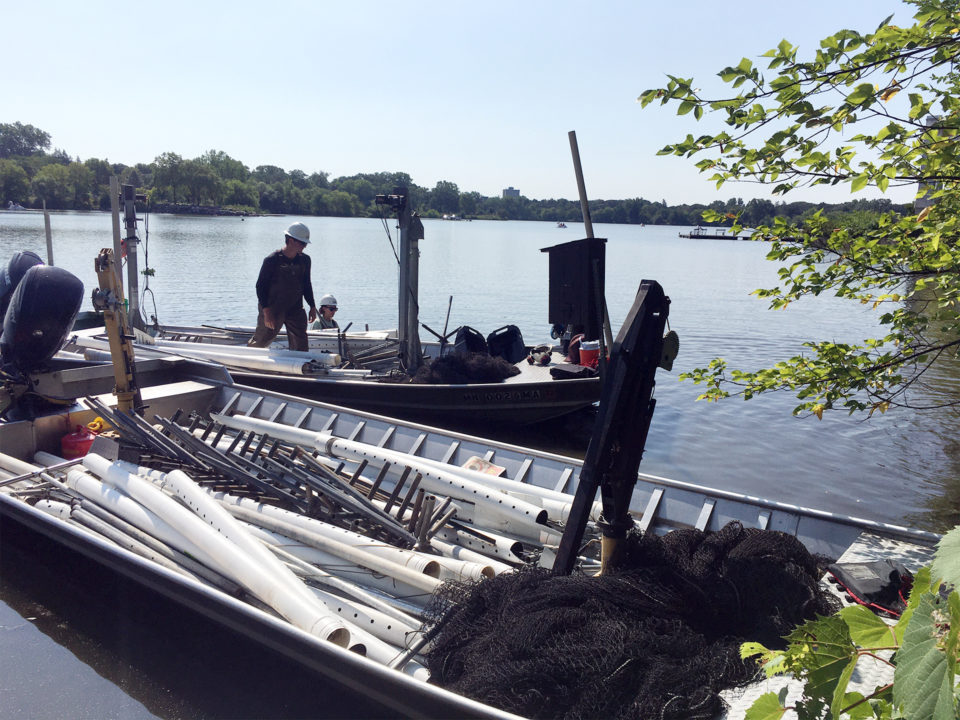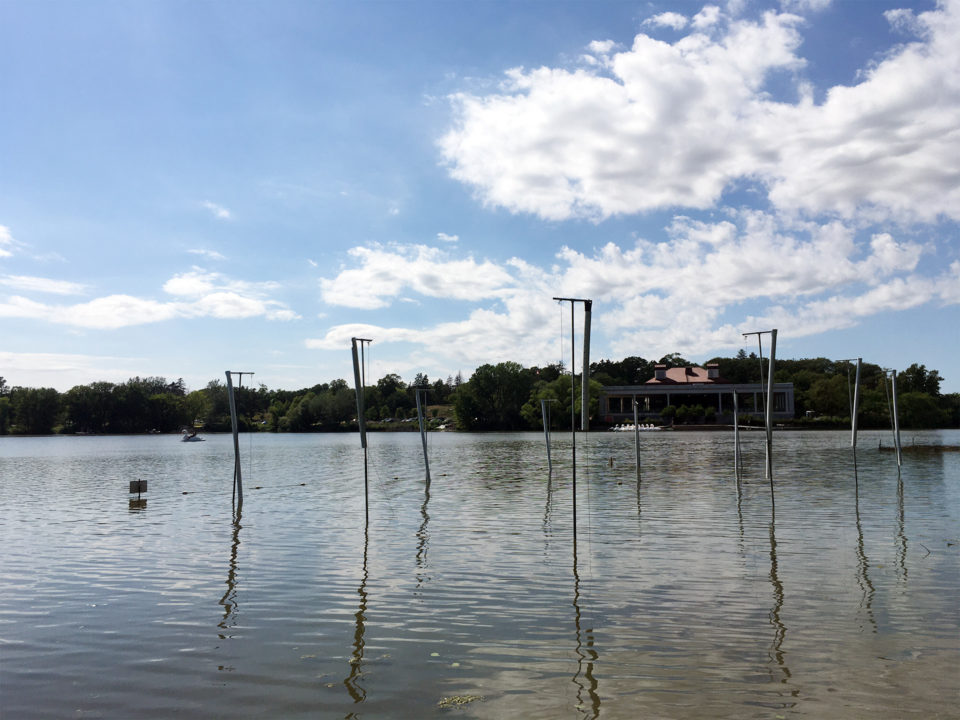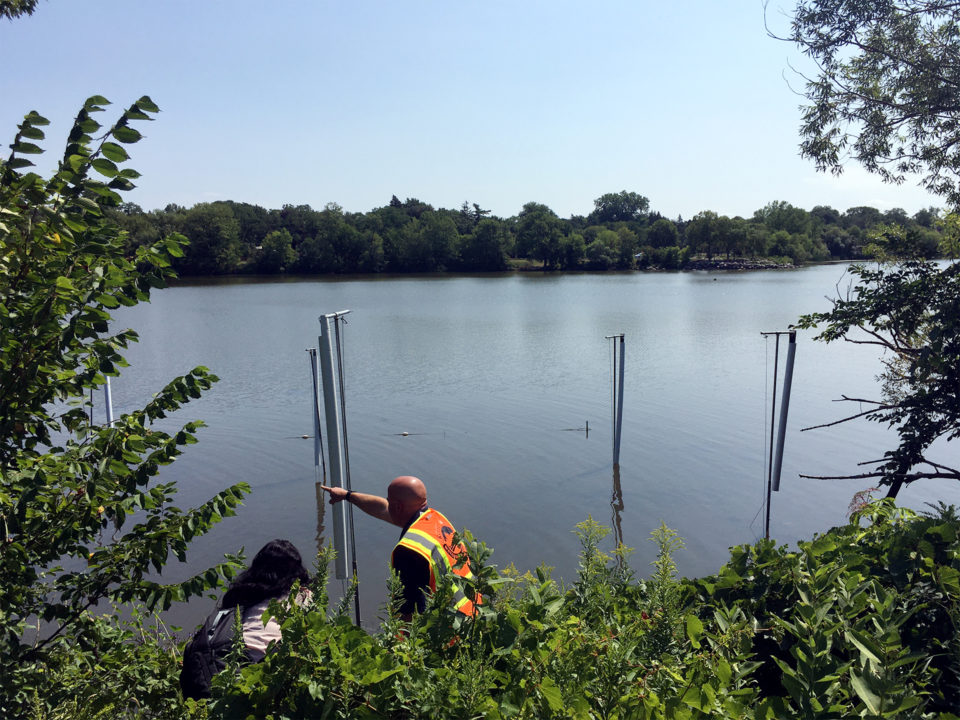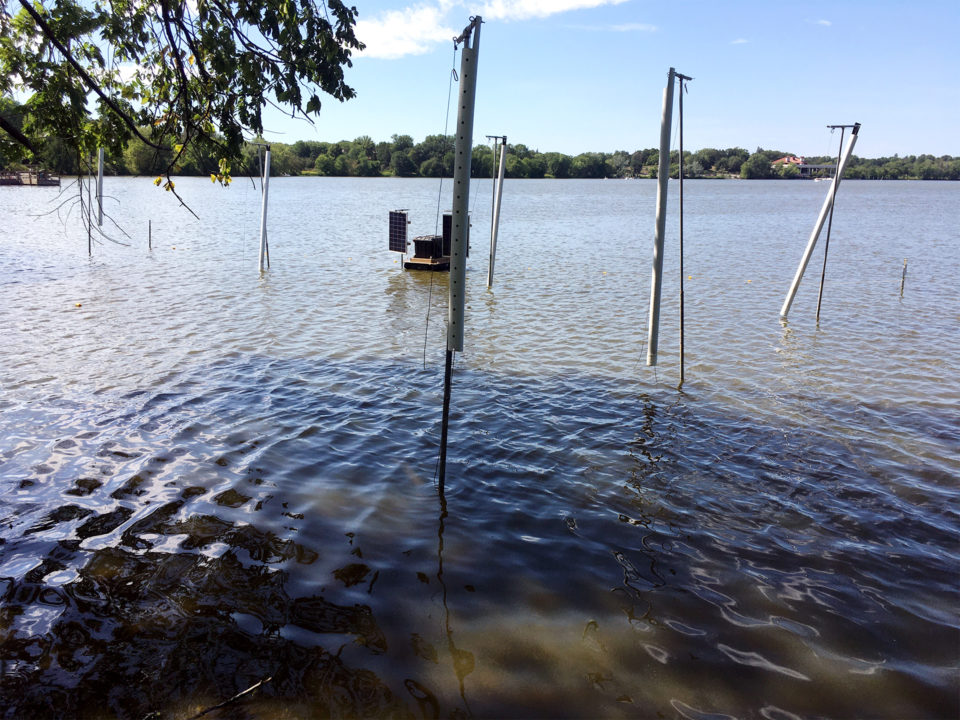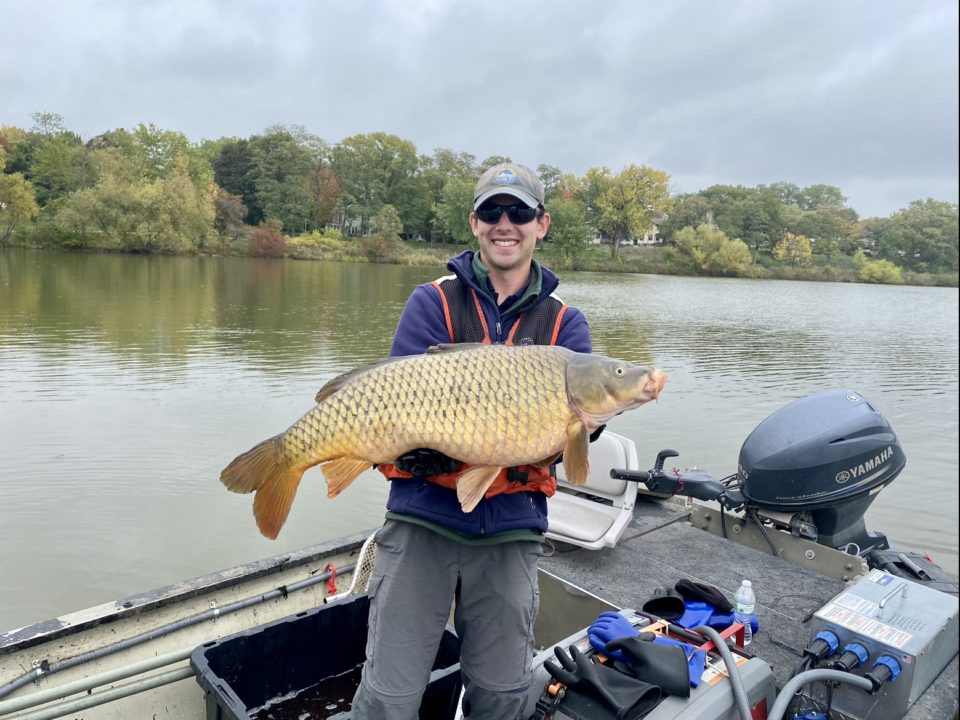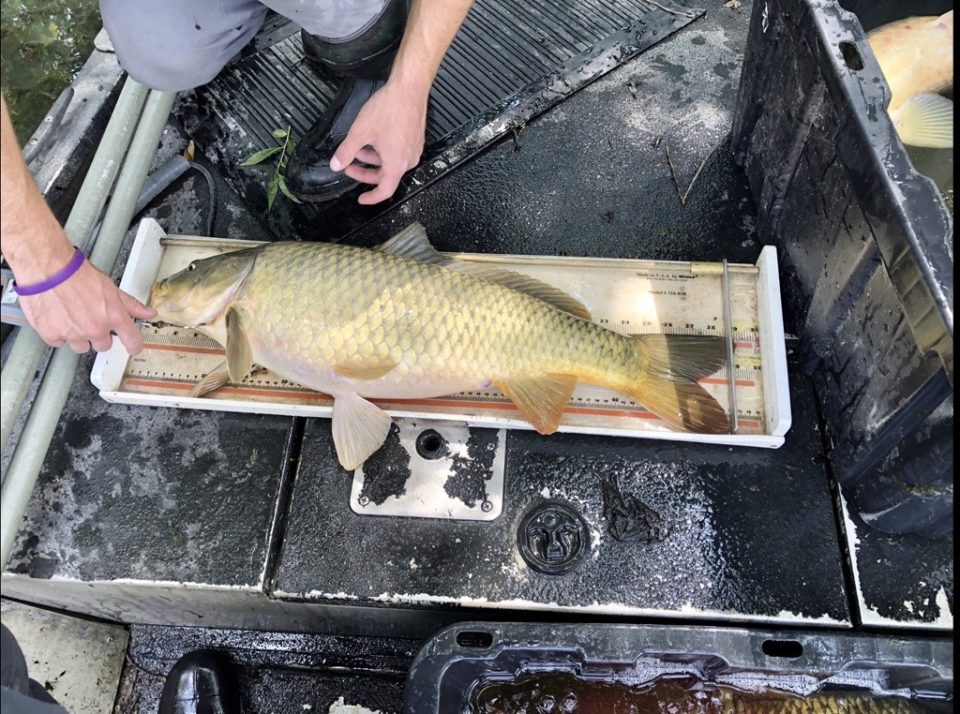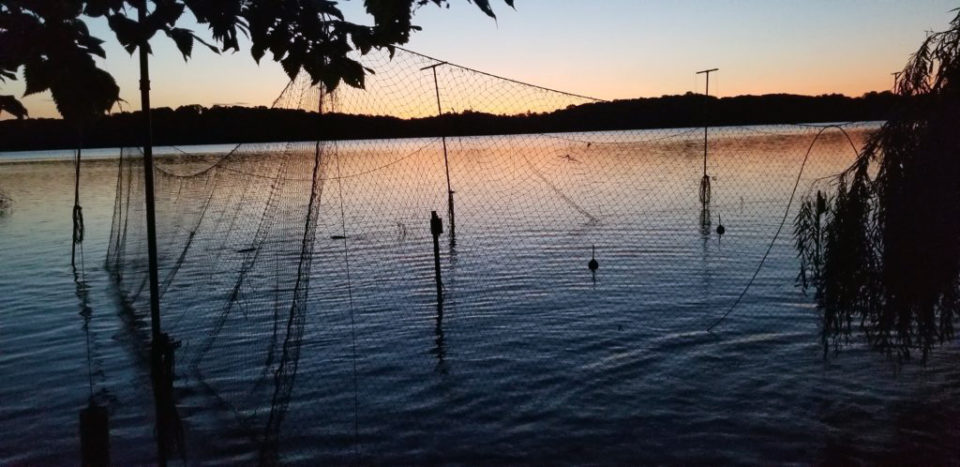Common Carp Removal
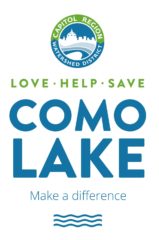 Background
Background
Common carp are an invasive fish that contribute to poor water quality by stirring up the bottom of the lake while searching for food. During feeding, they uproot plants, muddy the waters for native fish, and allow excess nutrients stored in the lake bottom to be released and later consumed by algae. Common carp are one of the most damaging aquatic invasive species due to their wide distribution and severe impacts in shallow lakes and wetlands.
Common carp are native to Europe and Asia. They were stocked as a game fish across the Midwest in the 1880s and have since become overabundant in many waters. Today, common carp are an invasive species regulated by the Minnesota Department of Natural Resources, which means releasing them into the wild is not allowed. Fish caught while angling may be returned to the same water body.
Carp in Como Lake
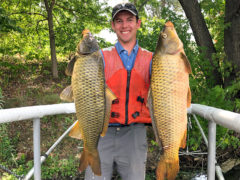
In 2021, Capitol Region Watershed District (CRWD) conducted a survey of common carp in Como Lake and estimated their population to be above the critical threshold for water quality. Carp caught during the survey, and throughout the spring and summer of 2022 were tagged for tracking and later removal. While removal is needed, the carp population in Como Lake will be further limited by poor spawning habitat and abundant bluegills that feed on carp eggs. Additionally, new carp can’t migrate into Como Lake since it has no inlets from other water bodies.
2022 Removal
On August 10, 2022, box nets were set around the lake and baited with corn, a food attractive to carp but not of interest to other fish in Como Lake. The previously tagged carp will allow us to track when they are gathering in the nets. We will use this information to pull in the nets at the best time to catch as many carp as possible. The box nets will remain in the lake through mid-September. By reducing carp populations in Como Lake, we are working to ensure that water quality improvements continue.
Como Lake will be accessed from Compass Point for this project. CRWD posted signs near the nets to alert visitors of the project. Removed carp will be used for fertilizer.
Contact
Project questions:
Bob Fossum
Monitoring & Research Division Manager
bfossum@capitolregionwd.org
(651) 644-8888
Media inquiries:
Jessica Bromelkamp
Communications & Engagement Division Manager
jbromelkamp@capitolregionwd.org
(651) 644-8888
